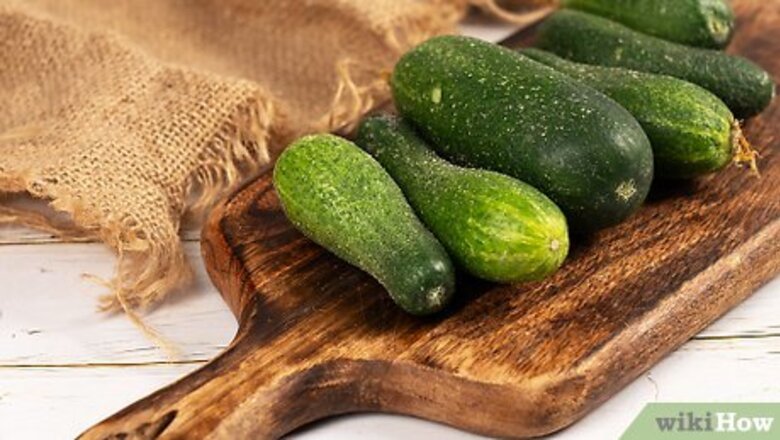
views
Gathering Ingredients and Equipment

Choose vegetables to ferment. The best vegetables to ferment are those that are in season and ripe, at the height of their optimal texture and flavor. Choose vegetables that were grown nearby, and opt for organic when possible. You can ferment one vegetable at a time, or pack several types together for a delicious "salad" of fermented vegetables. Here are a few popular choices: Cucumbers. Fermented cucumbers - pickles - are a great place to start if you've never fermented before. Try packing pickles alone or with onions, carrots and peppers. (Do not use waxed cucumbers. To see if a cucumber is waxed, scrape the cucumber with a fingernail. Ask for pickling cucumbers at the store.) Cabbage. Fermenting cabbage turns it into tart, crispy sauerkraut. Consider making kimchi for a spicy spin on cabbage fermentation. Peppers. Peppers may be fermented on their own or packed with another vegetable to add some heat. Green beans or asparagus. Pickled green beans or asparagus are a welcome treat in the winter months when the fresh green taste of summer is hard to come by.

Decide how much salt to add. When vegetables are covered in a liquid solution, the natural bacteria present in their skin begins to break down the cellular structure in the process of fermentation. Vegetables will ferment in plain water, but their taste and texture is better with the addition of salt, which promotes the growth of "good" bacteria and inhibits the growth of "bad" bacteria, resulting in crispy, tasty vegetables. The standard amount of salt to add is 3 tablespoons per 5 pounds of vegetables. If you're on a low sodium diet, it's fine to add salt to taste. The less salt you add, the quicker the vegetables will ferment. Adding more salt will cause the process to go more slowly. If you don't want to add much salt, using a starter culture will help promote the growth of good bacteria and stifle the growth of bad bacteria. You can add whey, kefir grains, or dried starter culture to the mix and reduce the amount of salt. Be aware, however, that using a starter culture without any salt will result in less crisp vegetables.

Choose containers to use. Wide-mouth, cylindrical ceramic crocks or Mason jars are commonly used to ferment vegetables. Since the vegetables and brining mixture will sit in their containers for weeks or even months, it's important to choose containers that won't leach chemicals into the mix. Ceramic and glass containers are the best choices; avoid containers made from metal or plastic.
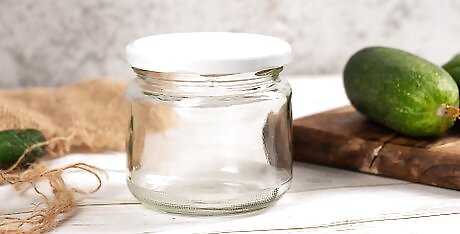
Devise a weight and cover system. You'll also need lids that allow for airflow while keeping out insects as well as weights to pack the vegetables tightly. You can buy fermenting vessels that have a weight and cover system in place, or devise your own using less expensive household supplies. If you use a ceramic crock, find a small, heavy plate that fits inside the crock. Place a heavy jar or rock on top of the plate to serve as a weight. Drape a thin, clean cloth over the top to keep out insects. If you use a mason jar, get a smaller mason jar that fits snugly inside the larger one. Fill it with water to serve as a weight. Drape a thin, clean cloth over the top to keep out insects.
Making Your Ferment
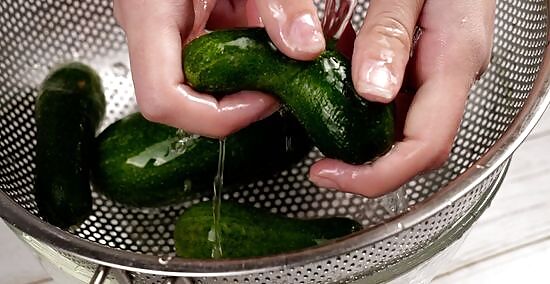
Wash and process the vegetables. Be sure to rinse the skins of each vegetable thoroughly, then chop them in into strips or chunks. This creates greater surface area and helps along the fermentation process. If you're making sauerkraut, shred the cabbage into bite-sized strips.
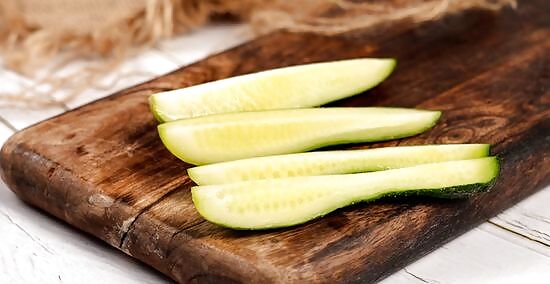
Press the vegetables to release their juices. Place them in a bowl and use a meat tenderizer or kraut pounder to release the juices. If you wish to leave the vegetables mostly intact, you'll still need to press them in some way to start breaking down the cell walls. You can squeeze the vegetables or massage them to release their juices.
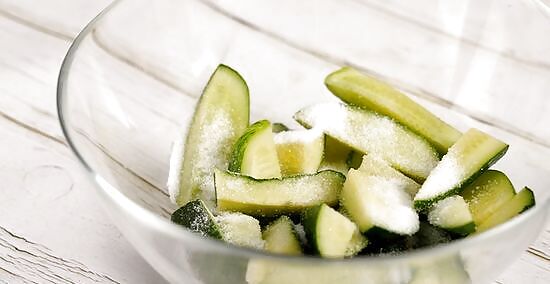
Add salt. Add salt to taste and use a spoon to mix it in with the vegetables and juice. If you're using a starter culture too, you can go ahead and add it as well.
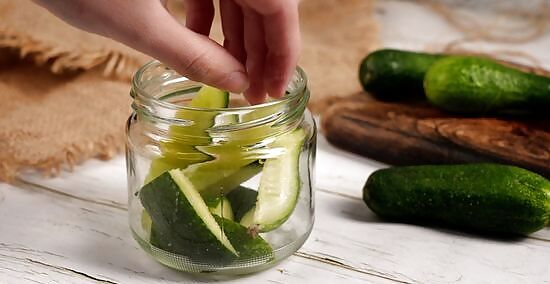
Place the mixture in your chosen vessel. Be sure to leave 3 inches (7.6 cm) or so of empty space at the top of the vessel. Use your hands or a kitchen tool to press the vegetables down to the bottom of the vessel so that the juices rise to cover the solid parts. If there aren't enough juices to cover the vegetables, top it off with water.
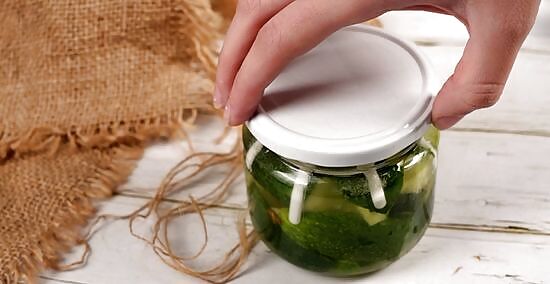
Weight and cover the mixture. To ferment, the vegetables must be weighted under the liquid. Place the weight system you have devised inside the vessel, making sure the plate or jar you are using fits snugly. Cover the whole container with a light, tightly-woven cloth to keep out insects and still allow for airflow.
Finishing the Ferment
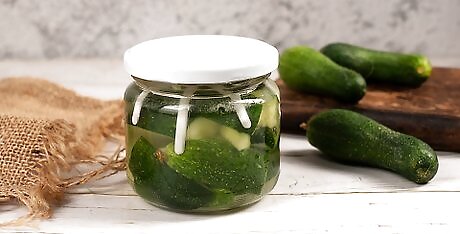
Let the ferment sit at room temperature. Place it in a clean, dry area. The vegetables will immediately begin to break down and ferment. Make sure the room is not too hot or cold; it should be at comfortable room temperature.1
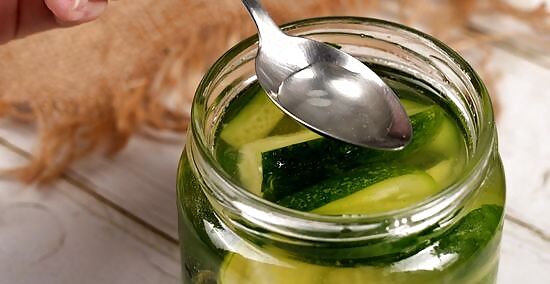
Taste the ferment every day. There's no special moment at which a ferment is "ready" - it's all a matter of taste. After just a day or two, the ferment will develop a tang. Keep tasting it every day until it reaches the level of tartness you want. Some people like to eat the ferment right when it reaches their desired flavor profile. However, if you want to preserve the ferment for a long period of time, you'll need to move it. If some vegetables emerge at the top of the liquid, they may develop a layer of mold. Simply scrape this off and make sure the remaining vegetables are weighted under the liquid. The mold is harmless and will not ruin the ferment.

Transfer the ferment to a cooler temperature. Place it in the cellar or in your refrigerator. This will slow down the fermentation process, allowing you to keep the ferment for several months. As the vegetables continue to ferment, their flavor will deepen. Keep tasting the ferment every few weeks, and eat it as soon as it tastes the way you want it to.




















Comments
0 comment